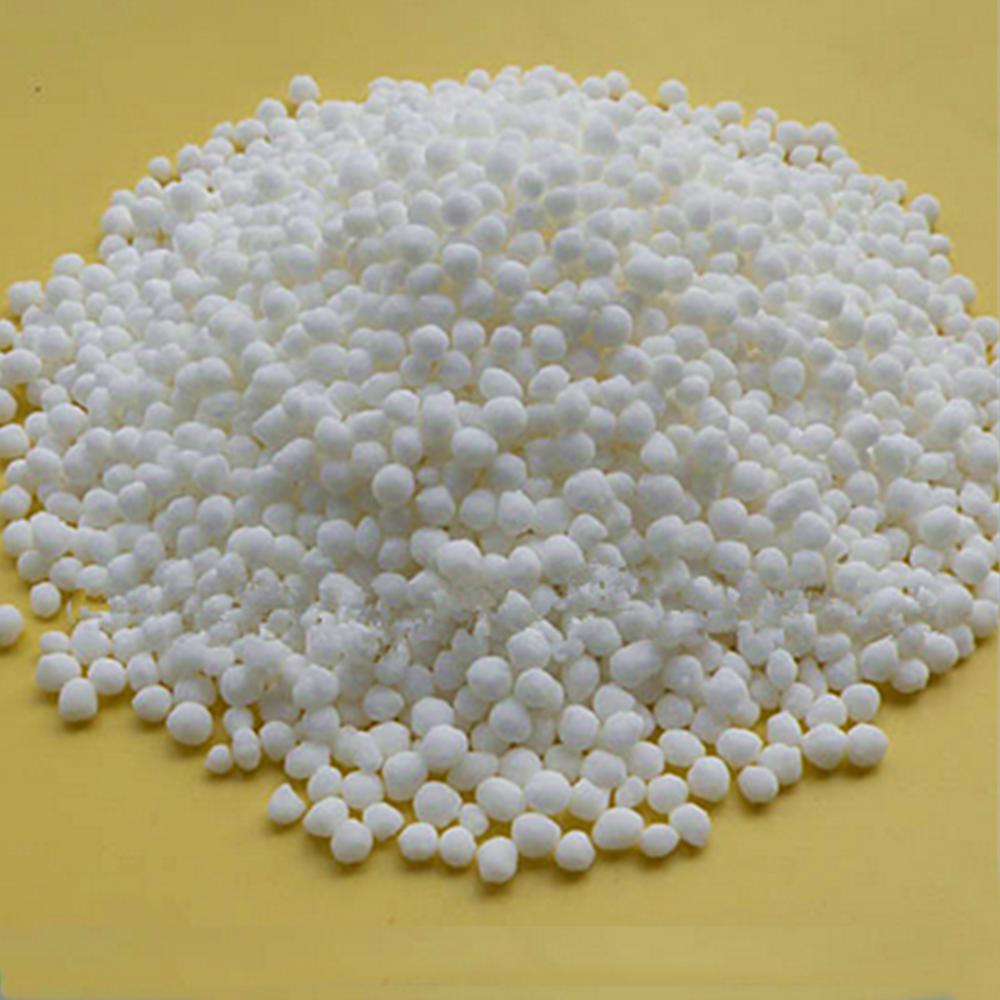



chemical treatment of wastewater pdf
Chemical Treatment of Wastewater An Overview
Wastewater treatment is a critical process that helps protect public health and the environment. Among various treatment methods, chemical treatment plays a vital role in enhancing the quality of wastewater before its release back into natural water bodies or its reuse in various applications. This article delves into the principles, processes, advantages, and challenges associated with the chemical treatment of wastewater.
Principles of Chemical Treatment
Chemical treatment involves the addition of chemicals to wastewater to facilitate the removal of contaminants. The primary objective is to neutralize hazardous substances, precipitate dissolved solids, and promote chemical reactions that aid in breaking down pollutants. Common contaminants targeted by chemical treatment include heavy metals, phosphates, nitrates, and organic pollutants.
Key Processes in Chemical Treatment
1. Coagulation and Flocculation These processes involve adding coagulants—such as aluminum sulfate or ferric chloride—into wastewater. Coagulation destabilizes suspended particles, allowing them to clump together (flocculate) and form larger aggregates, known as flocs. The formed flocs can then be easily removed through sedimentation or filtration.
2. Neutralization This process is often employed for wastewater with extreme pH levels. Acidic or alkaline wastewaters can be neutralized by adding appropriate chemicals, such as sodium hydroxide or sulfuric acid, to bring the pH within a neutral range. This is crucial prior to further treatment, as extreme pH levels can hinder biological processes.
3. Precipitation For heavy metals and nutrient removal, precipitation is a common technique. Chemical agents, like lime, are added to induce the formation of insoluble compounds that settle out of the wastewater. This method is particularly effective in reducing metals like lead, copper, and cadmium.
4. Oxidation and Reduction Oxidizing agents such as chlorine, ozone, or hydrogen peroxide can be used to eliminate organic pollutants and pathogens. These chemicals facilitate oxidation-reduction reactions, which break down complex organic molecules into simpler, less harmful substances.
chemical treatment of wastewater pdf

5. Disinfection Chemical disinfection is vital to ensure the microbial safety of treated wastewater. Chlorination and ozonation are widely used methods to eliminate harmful pathogens and reduce the risk of waterborne diseases.
Advantages of Chemical Treatment
Chemical treatment of wastewater offers several advantages
- Effectiveness It can effectively remove a wide range of pollutants, including those that are not easily degradable by biological means. - Rapid Response Chemical processes often occur quickly, making it feasible to manage large volumes of wastewater efficiently. - Prevention of Environmental Pollution By reducing the concentration of harmful substances before disposal, chemical treatment helps protect aquatic ecosystems and public health.
Challenges in Chemical Treatment
Despite its benefits, chemical treatment also has challenges
- Chemical Costs The cost of purchasing and handling chemicals can be significant, raising the overall operational costs of wastewater treatment plants. - Sludge Management The chemical processes generate sludge that needs to be managed and disposed of properly, presenting additional environmental concerns. - Chemical Residuals Some chemical treatments can leave behind residuals that may pose environmental risks if not adequately removed.
Conclusion
Chemical treatment plays a crucial role in the comprehensive approach to wastewater management. By employing various chemical processes, wastewater treatment facilities can effectively remove pollutants, ensuring cleaner water is returned to the environment. Nevertheless, careful consideration must be given to the costs, sludge management, and potential residuals associated with these methods. As society continues to advance in its quest for sustainable water management practices, optimizing chemical treatment processes will be essential for protecting water resources and public health.
-
Why Sodium Persulfate Is Everywhere NowNewsJul.07,2025
-
Why Polyacrylamide Is in High DemandNewsJul.07,2025
-
Understanding Paint Chemicals and Their ApplicationsNewsJul.07,2025
-
Smart Use Of Mining ChemicalsNewsJul.07,2025
-
Practical Uses of Potassium MonopersulfateNewsJul.07,2025
-
Agrochemicals In Real FarmingNewsJul.07,2025
-
Sodium Chlorite Hot UsesNewsJul.01,2025










